The Public Relations Handbook, 6th edition provides an engaging, in-depth exploration of the dynamic and ever-evolving public relations industry. Split into four parts exploring key conceptual themes in public relations, the book offers an overview of topics including strategic public relations, politics and the media; media relations in the social media age; strategic communication management; public relations engagement in the not-for-profit sector; activism and public relations; and the effects of globalisation and technology on the field. Featuring wide-ranging contributions from key figures in the PR profession, this new edition presents fresh views on corporate social responsibility, public relations and politics, corporate communication, globalisation, not-for-profit, financial and public sector public relations. The book also includes a discussion of key critical themes in public relations research and exploratory case studies of PR strategies in a variety of institutions, including Extinction Rebellion, Queen Margaret University, Mettis Aerospace, and Battersea Cats’ and Dogs’ Home. Containing student-friendly features including clear chapter aims, analytical discussion questions, and key further reading throughout the text, The Public Relations Handbook is an ideal resource for students of public relations, corporate and strategic communications, and media studies.
The Public Relations Handbook, 6th edition provides an engaging, in-depth exploration of the dynamic and ever-evolving public relations industry.
